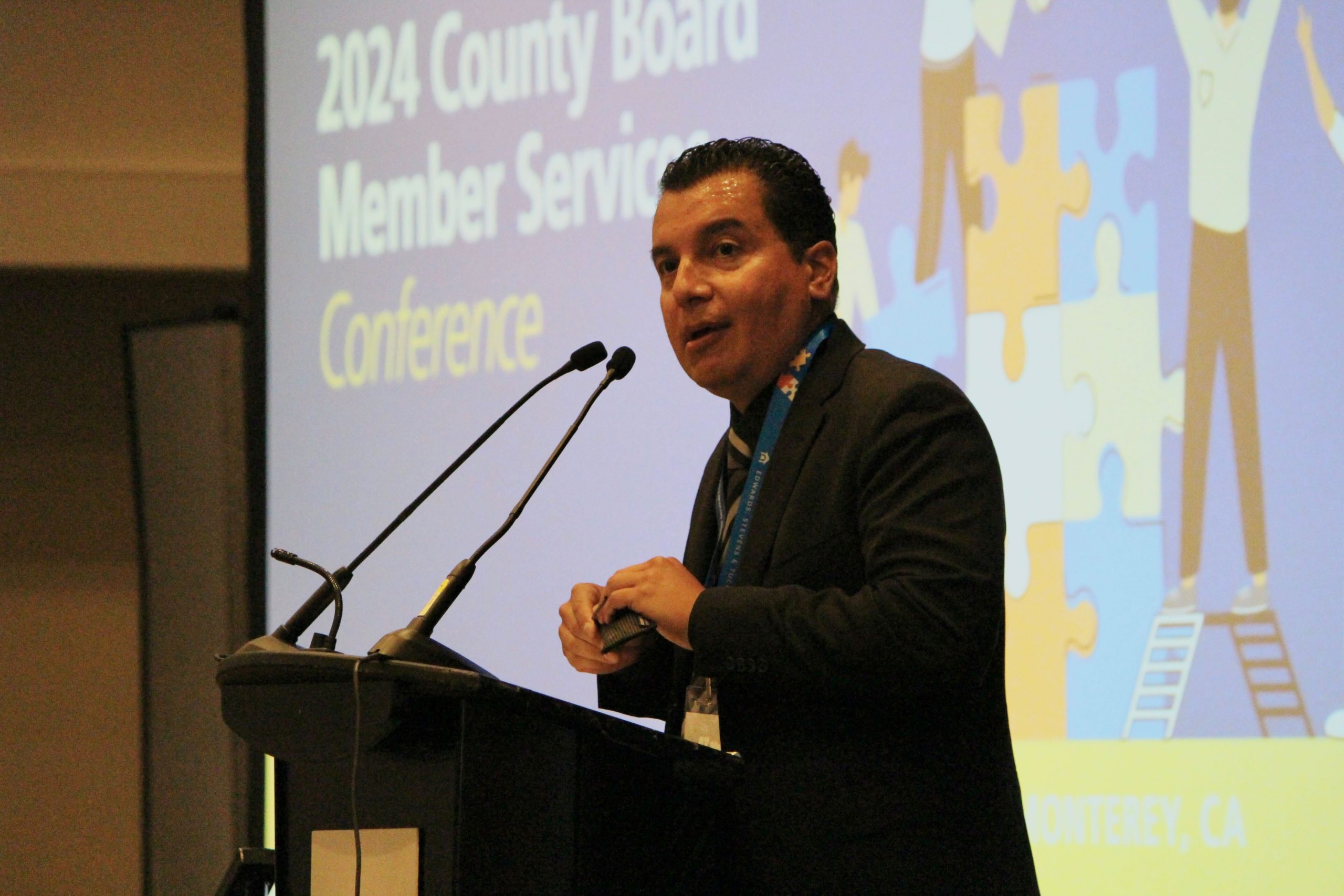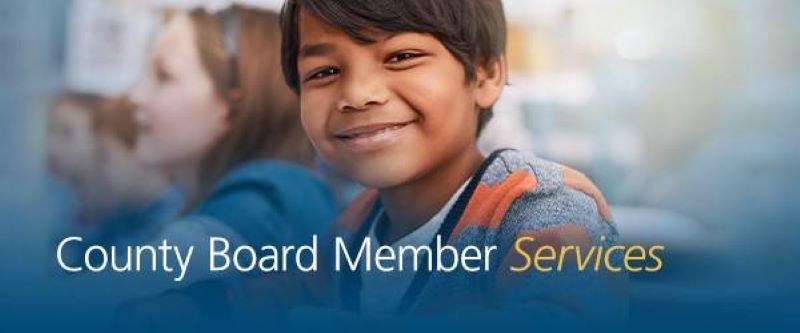Distinguishing the difference between equity and equality can be a source of confusion — even for many long-time board members — but, as they so often do, today’s student leaders demonstrated an astute understanding of the concept during CSBA’s first virtual Annual Education Conference.
“Equity is more about recognizing your privilege and uplifting communities that don’t have the same opportunity as others,” Ernie Padilla, southern director of the California Association of Student Leaders, told his peers. “I like to put it as, equality is giving everyone a shoe, equity is giving everyone shoes that fit.”
The Student Board Member Program at CSBA’s AEC is the only statewide professional development opportunity in which student board members can expand their governance horizons. This program focuses on developing the students’ governance skills while they become more familiar with their role as a governance team member.
Opening the session with a panel on equity in governance, northern director of the California Association of Student Leaders Isha Chander noted the importance of understanding the different types of inequity that can exist on school campuses — whether they revolve around race, gender, socio-economic status, religion, sexuality, mental health or disabilities.
“When we’re working to identify and address things that have gone unaddressed, I think a really important tool to utilize is the power of storytelling and collaboration — really building connections and building bonds among your peers to present to the school board,” Chander said.
Micah Dailey-White, a student board member in Riverside Unified School District, agreed. In his district, there is a student-led “Student Voice Series” in which students can volunteer their stories via video, audio or simply send a text.
CSBA Director of Trainings Darcel Lee agreed that sharing stories with one another is one of the best ways to better understand one another. “When people start sharing their stories you get to know one another, and you start to realize we’re not so different after all,” she said. “Talk and listen for understanding. The fact that you’ve made a commitment to become a student board member and serve on your board — use your voices. You have voices that will be heard.”
Ensuring all students are represented is critical to good governance
One of the biggest challenges for a student board member is accurately representing the different perspective of their peers. Attendees and panelists shared their own tips and tricks on where to begin.
Nosheen Ullah, another northern director for the California Association of Student Leaders, said the utilizing the California School Dashboard can help student board members understand the makeup of their district’s student body. It can also be used to identify certain trends that are going on that may affect mental health, graduation rates or suspensions — subjects the student might want to bring up with their board.
Still, students are not just data points, and ultimately, it is still vital to gather accurate representations of the students on one’s campus or districtwide, Ullah said. “Bring different people from different groups into the conversation — inaccurate representation isn’t enough representation. It’s not good representation of any community,” she said.
James Aguilar, a governing board member for San Leandro USD, recalled his time as the first student board member in his district. Finding a mentor was a great way of figuring out the ropes, he said, as was participating in CSBA’s Masters in Governance program.
“One of the big pieces of advice I’d give is to utilize CSBA because I think CSBA is what got me through the higher-level policy pieces for understanding the political environment,” Aguilar said. “Students are the number one stakeholder in all of our districts. You are the individuals who represent the students, you’re in a unique position to represent that body and be that voice.” (Learn more about James in the fall 2020 issue of California Schools)
Student board members bring important, unique perspectives
Student board members can bring valuable insights to the table when it comes to determining what effect policy decisions could have on the student body or getting to the root of student concerns to determine how best to allocate resources.
“I think having students there is a constant reminder of why we are making the decisions we’re making — sometimes when we make decisions at the district level, sometimes that can get lost if you don’t have students there and at the forefront of your mind,” said Ceres USD Assistant Superintendent Amy Peterman.
Having students in the room as policies and procedures are discussed has been “incredibly valuable,” she explained. “Sometimes we assume we know what’s best for students, and we don’t always ask the students themselves.”
Student participation in district governance, however, can only be truly realized if school board members actively seek to include their student board member. For an in-depth look at the direction some of today’s student leaders are taking, and to learn more about their plans to establish stronger, student voice in local governance bodies through the creation of the California School Board Member Association, check out the fall 2020 issue of California Schools magazine.
There are myriad ways governance teams can better integrate their student board member. CSBA encourages boards to provide learning opportunities to student board members through trainings, workshops and conferences, such as AEC, through which students are introduced to the principles of good governance, have the space to share ideas on best practices and build a network of support among their peers. Boards can also provide incoming student board members with an orientation designed to build knowledge of the district and an understanding of the responsibilities and expectations of their new position.
Student board members have the right to attend and participate in all open meetings of the board, be recognized as full members and cast preferential votes on all open session items, meaning their vote conveys a formal expression of opinion that is recorded in the minutes, but does not affect the final numerical outcome of the vote. Student board members must also receive open meeting materials and staff briefings at the same time as other board members, and, pursuant to a recent law, receive any other materials distributed to the board between meetings as long as they do not pertain to closed session items.





